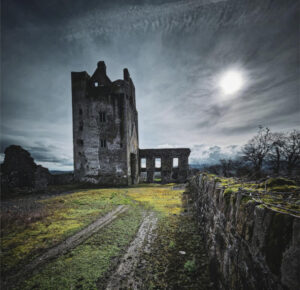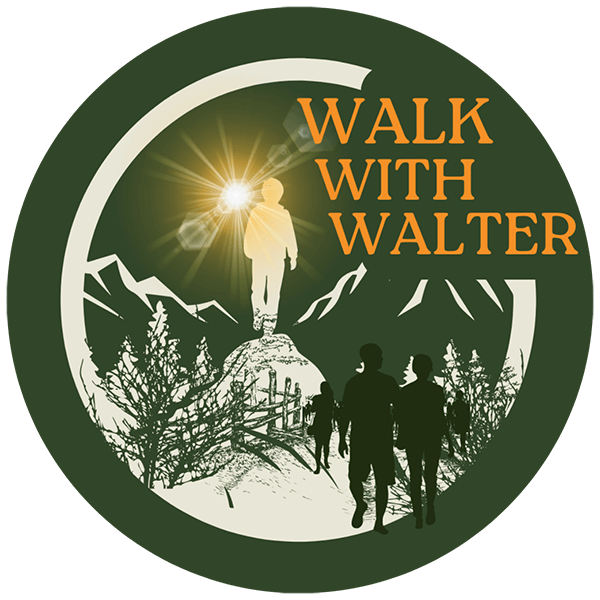 Our starting point for this walk is where the fair maids of Ireland gathered thousands of years ago to run up to the top of the fairy mountain Fairy Mountain with the winner becoming the bride of Fionn Macumhaill. We can see back across the plateau of Sliabh Dile and the rolling hills with ancient names around her edge. The quiet road takes us along the bottom of the eastern slopes of Sliabh Na mban through the townlands of Toor which is the highest and a somewhat independent townlands within the parish of Kilcash.
Our starting point for this walk is where the fair maids of Ireland gathered thousands of years ago to run up to the top of the fairy mountain Fairy Mountain with the winner becoming the bride of Fionn Macumhaill. We can see back across the plateau of Sliabh Dile and the rolling hills with ancient names around her edge. The quiet road takes us along the bottom of the eastern slopes of Sliabh Na mban through the townlands of Toor which is the highest and a somewhat independent townlands within the parish of Kilcash.
The aspect is south-easterly blessing it with great shelter from the mountain behind and capturing all the sun for most of the day. The sides of the boreen plus the 30 or more gardens that we pass present an array of colour for most of the year. This walk is all downhill, the steepest decline is down Bearna Cill Chais which means Gap of Kilcash and is one of the “Seven Gaps of Sliabh Dile.” Before we go down into the village there is a path to the left through Kilcash wood. We climb over a stone style and proceed through the mixed coniferous and deciduous woodland. Some of the path is through O Neill’s dairy farm and we make sure to shut all the gates.
We catch glimpses of the magnificent Suir valley to our left with lots of beautiful wildflowers and bushes which survive under the lighter mixed canopy as afore mentioned. If you are quiet, you may be treated with the spectacle of wild deer or squirrels. This forest would originally have been part of the famous through song Kilcash wood and would have included a lot of oak trees which were felled by the British Empire to build battleships and castles. After about 2 kilometres we exit right out of the wood onto another quiet boreen which leads down to old Kilcash churchyard and Kilcash Castle.
This was one of the homes of the Butler family who were Earls and sometimes Duke of Ormonde and certainly the most powerful Anglo-Irish family over the 700 years following the Norman invasion of the late 12th century. Kilkenny Castle is the most recognisable residence of the Butlers today. The churchyard and the Castle are more than worthy of a tour of their own and a local mother and son (Phil and John Flood) have written extensively on the subject.
